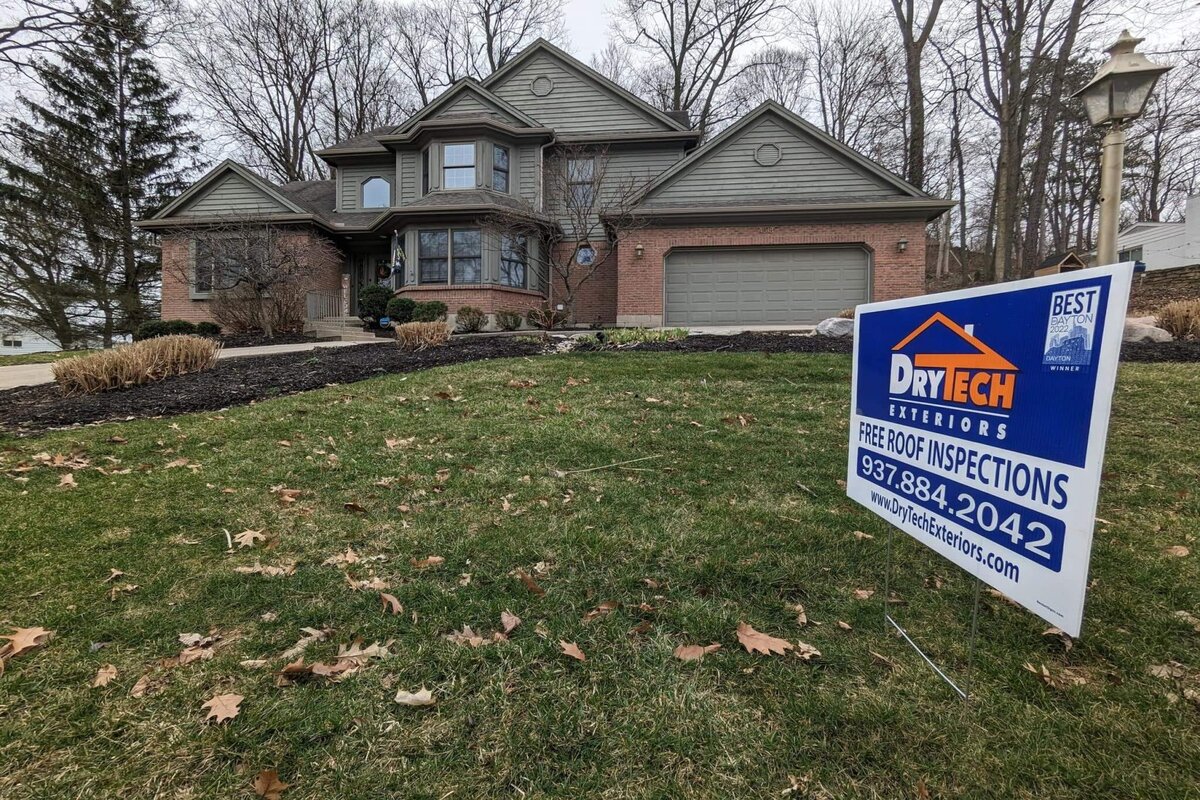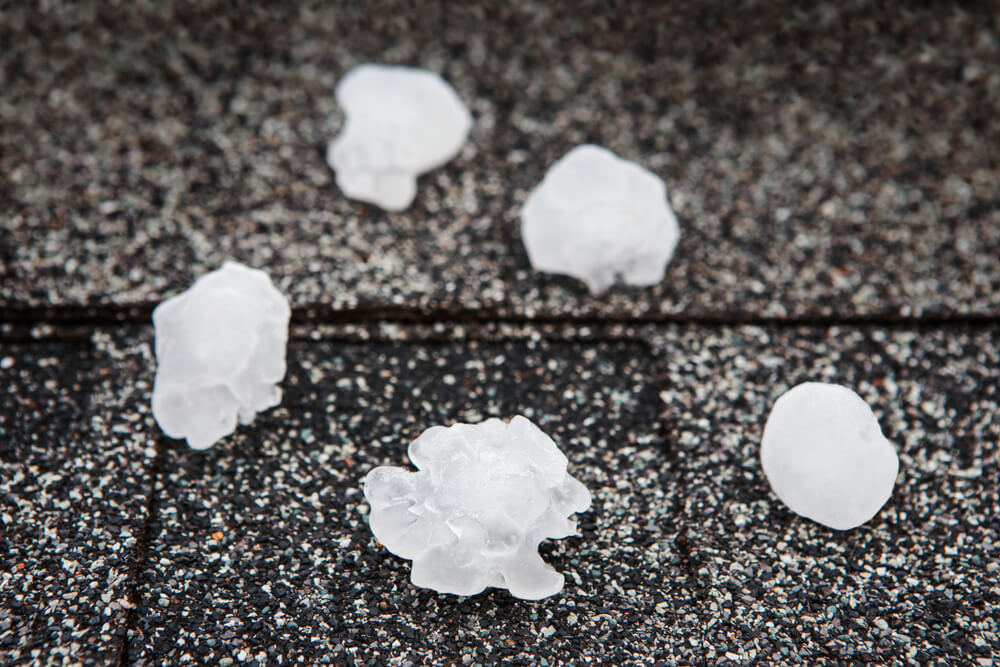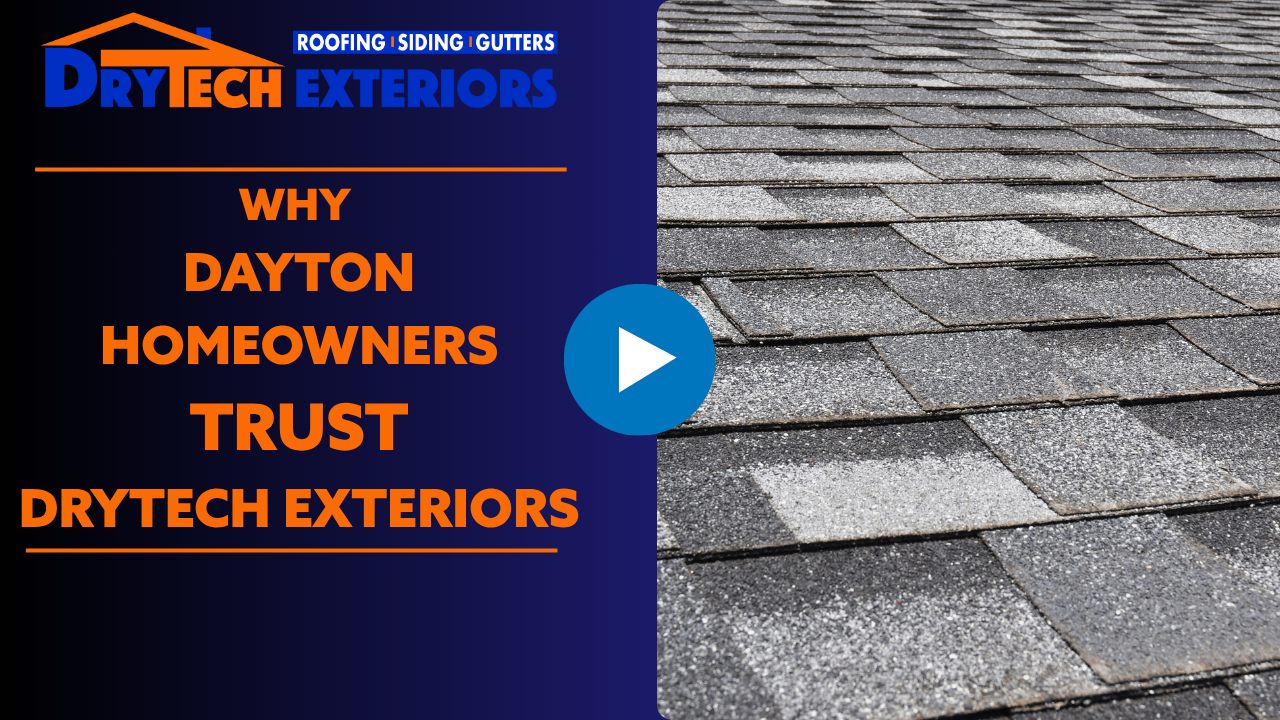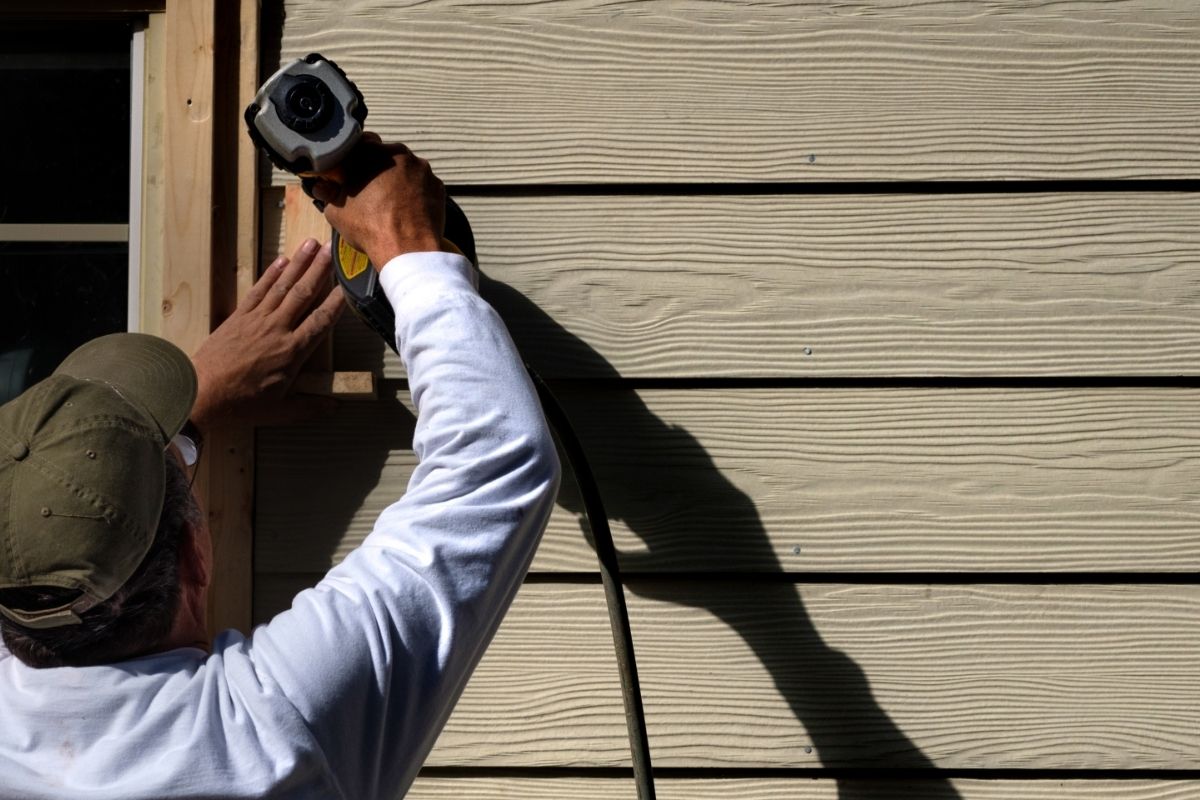Hail damage on a roof can be a significant concern for homeowners, as it has the potential to cause extensive damage and lead to costly repairs if left unattended. Understanding what hail damage looks like on a roof is crucial for homeowners to be able to identify and address any issues promptly. By recognizing the signs of hail damage early on, homeowners can take proactive steps to mitigate further damage and avoid the need for expensive repairs down the line. So, what exactly does hail damage look like on a roof, and how can you identify it?
Identifying Hail Damage
When assessing your roof for hail damage, it’s essential to know what signs to look for. While some signs may be immediately apparent, others may require a closer inspection. Common indicators of hail damage include:
1. Dented or Cracked Shingles
One of the most obvious signs of hail damage is dented or cracked shingles. Hailstones can impact shingles with enough force to cause visible damage, such as dents or cracks. Inspect your shingles carefully, paying attention to any irregularities or areas where the granules have been knocked off.
2. Granule Loss
Hail damage can also result in the loss of granules from the surface of your shingles. Granules serve as a protective layer, shielding the shingles from UV rays and other environmental elements. If you notice areas where the granules have been displaced or are missing altogether, it could be a sign of hail damage.
3. Exposed Underlayment
In severe cases of hail damage, the impact can be strong enough to expose the underlayment beneath the shingles. If you can see the underlayment or feel any soft spots on your roof, it’s a clear indication that damage has occurred.
4. Cracked or Broken Flashing
Flashing is another vulnerable component of your roof that can be damaged by hail. Check the flashing around chimneys, vents, and skylights for any signs of cracking or breakage. Damaged flashing can compromise the integrity of your roof, leading to leaks and water damage.
Assessing the Severity of Hail Damage
Not all hail damage is created equal, and the severity can vary depending on factors such as the size of the hailstones and the age of your roof. While minor hail damage may only require repairs to specific areas, more extensive damage may necessitate a full roof replacement.
1. Size and Shape of Hailstones
The size and shape of hailstones can impact the severity of the damage they cause. Larger hailstones are more likely to cause significant damage, while smaller ones may only result in minor dents or abrasions. Additionally, irregularly shaped hailstones can create more concentrated points of impact, leading to more severe damage.
2. Age and Condition of the Roof
The age and condition of your roof can also influence how susceptible it is to hail damage. Older roofs with worn-out shingles may be more prone to damage than newer ones with sturdy, resilient materials. Regular maintenance and inspections can help identify and address any vulnerabilities before they escalate into more significant issues.
Protecting Your Roof from Hail Damage
While hail damage is sometimes unavoidable, there are steps you can take to minimize the risk and protect your roof. Investing in impact-resistant shingles, regularly inspecting your roof for signs of damage, and promptly addressing any issues can help extend the lifespan of your roof and prevent costly repairs down the line.
Knowing what hail damage looks like on a roof and how to identify it is essential for homeowners. By understanding the signs of hail damage and taking proactive measures to protect your roof, you can safeguard your home against potential issues and ensure its long-term durability. If you need assistance assessing or repairing hail damage, don’t hesitate to contact DryTech Exteriors today for expert guidance and solutions.
